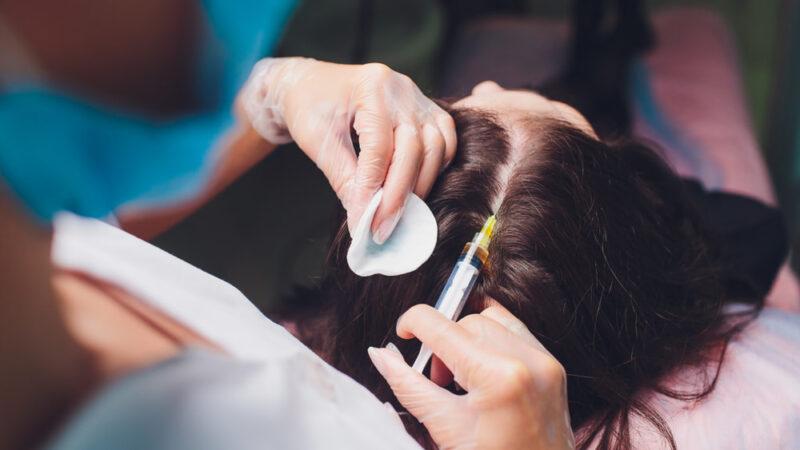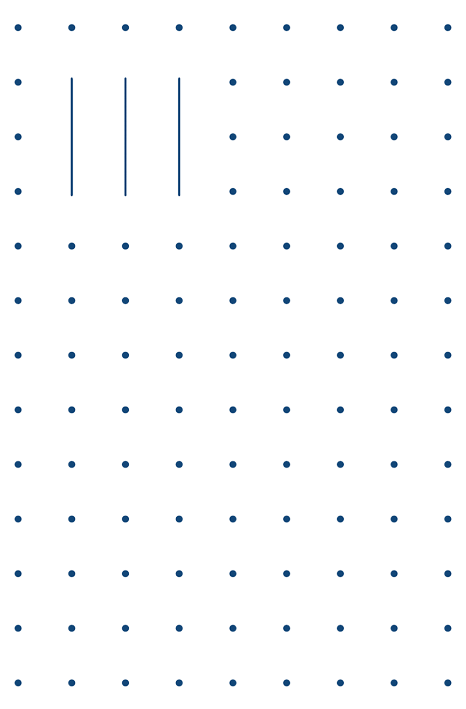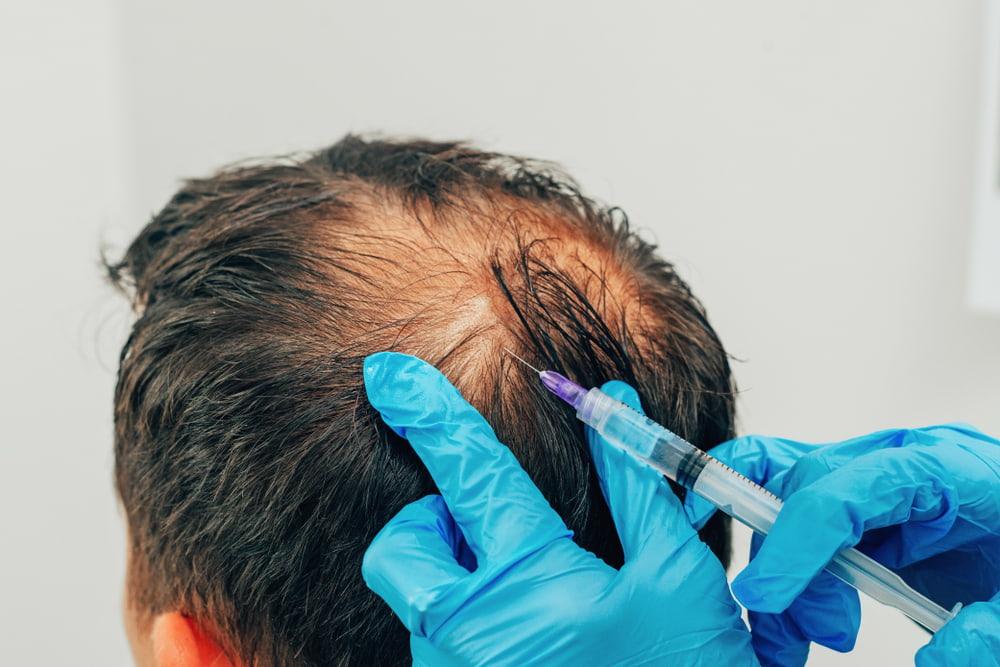
Comparing PRP vs. Stem Cell Treatments for Hair Loss
PRP and stem cell therapies are innovative treatments for hair loss. Learn more about these hair regeneration treatments at Bangkok Hair Clinic.

PRP and stem cell therapies are innovative treatments for hair loss. Learn more about these hair regeneration treatments at Bangkok Hair Clinic.

Hair loss, whether due to genetics, aging, or other factors, can be a distressing experience for many. Thankfully, with advances in medical technology, there are various treatments available. As a leading hair clinic in Bangkok, we feel it is important to understand the benefits of PRP vs. stem cell treatments for hair loss.
When it comes to modern hair loss treatments, PRP and stem cell therapies have become increasingly popular solutions among patients seeking effective hair restoration methods. Let’s find out the difference between them, how they work, and which treatment might be best for you.
PRP, or platelet-rich plasma therapy for hair regeneration, is an innovative treatment for hair loss. The process involves taking a sample of the patient’s blood, processing it to concentrate the platelets, and injecting this enriched plasma back into the scalp.
When injected into the scalp, PRP increases blood circulation in the area and stimulates the human hair follicles. This causes them to produce thicker and longer hair shafts, slowly restoring the hair volume on the scalp. Over time, this results in enhanced hair density.
One significant advantage of PRP hair loss treatment is that it’s a minimally invasive procedure that stimulates the body’s healing processes to encourage natural hair growth.
Stem cell therapy is a giant leap for hair restoration technology. Stem cell treatment for hair loss encourages adult stem cells in the body to increase blood supply in the treatment site to remove the damaged tissues for accelerated healing. Adult stem cells have the remarkable ability to transform into various cell types, which promote healing and regeneration.
Stem cell therapy reinvigorates the inactive or dormant hair follicles in the scalp to increase the hair count and improve hair quality and health, making it a promising solution for many facing hair thinning or baldness.
Both treatments offer lasting results, but periodic maintenance sessions might be recommended for prolonged benefits. The exact duration varies based on individual responses and the condition and severity of hair loss.
While both treatments offer promising results, they can also be combined for a more holistic hair restoration approach. The combination of PRP and stem cell therapies can yield even better results by optimizing the rejuvenation of the scalp and hair follicles.
Now that we know the difference between PRP vs. stem cell therapies for hair loss, let’s explore how these treatments work at Bangkok Hair Clinic. It’s crucial to remember that every patient’s hair loss journey is unique; what works wonders for one might not be as effective for another. That’s why it’s essential to have a prior consultation with a seasoned specialist who can provide a comprehensive evaluation and recommendations tailored to your needs. Once deemed fit, the procedures are carried out with utmost precision, ensuring both safety and efficacy. Our specialists ensure that PRP and stem cells are introduced at the optimal depth and location in the scalp for maximum effectiveness.
The journey to hair restoration is personal, and the decision to opt for PRP, stem cell therapy, or both should be made with care. The specialists at Bangkok Hair Clinic are dedicated to guiding patients through this decision-making process and follow a methodical approach to treating hair loss.

Preparing for any medical procedure is essential to ensure the best results. Here’s what you need to know before undergoing PRP or stem cell therapy for hair loss:
Before any treatment, always schedule a consultation at a reputable clinic like Bangkok Hair Clinic to discuss your medical history, medications, allergies, and concerns.
At least a week before the procedure, refrain from taking anti-inflammatory drugs, blood thinners, or heavy medications that might interfere with the treatment.
Make sure your scalp is clean and free from infections or inflammations.
Drink plenty of water the day before the procedure, as hydration aids in drawing the blood needed for PRP.
Have a light, balanced meal a few hours before your appointment to ensure that you’re energized and to decrease the risk of dizziness post-procedure.
Proper post-procedure care can significantly affect the outcome of your treatment. Here are some after-care tips from the experts at Bangkok Hair Clinic:
For the first 48-72 hours post-procedure, avoid heavy exercise or activities that make you sweat excessively to ensure that the treated areas remain clean and uncontaminated.
For the first week post-treatment, avoid using harsh hair products, dyes, or chemicals on your scalp.
Be gentle when washing and combing your hair. Avoid taking hot showers for the first few days, as the heat might irritate the treated areas.
Protect the treated area from direct sunlight. If you need to go outside, wear a hat or use an umbrella.
Attend follow-up appointments with your doctor to allow them to assess the healing of the treated area and to address any concerns you may have.
After comparing PRP vs. stem cell therapies for hair loss, you can see that there’s renewed hope for those yearning for fuller, healthier hair that may not be eligible for a hair transplantation. Learn more about the minimally invasive, non-surgical solutions to restore your crowning glory at Bangkok Hair Clinic. Book a consultation today.
Sources:
https://www.ncbi.nlm.nih.gov/pmc/articles/PMC6306612/
https://academic.oup.com/asj/article/40/4/NP177/5492510